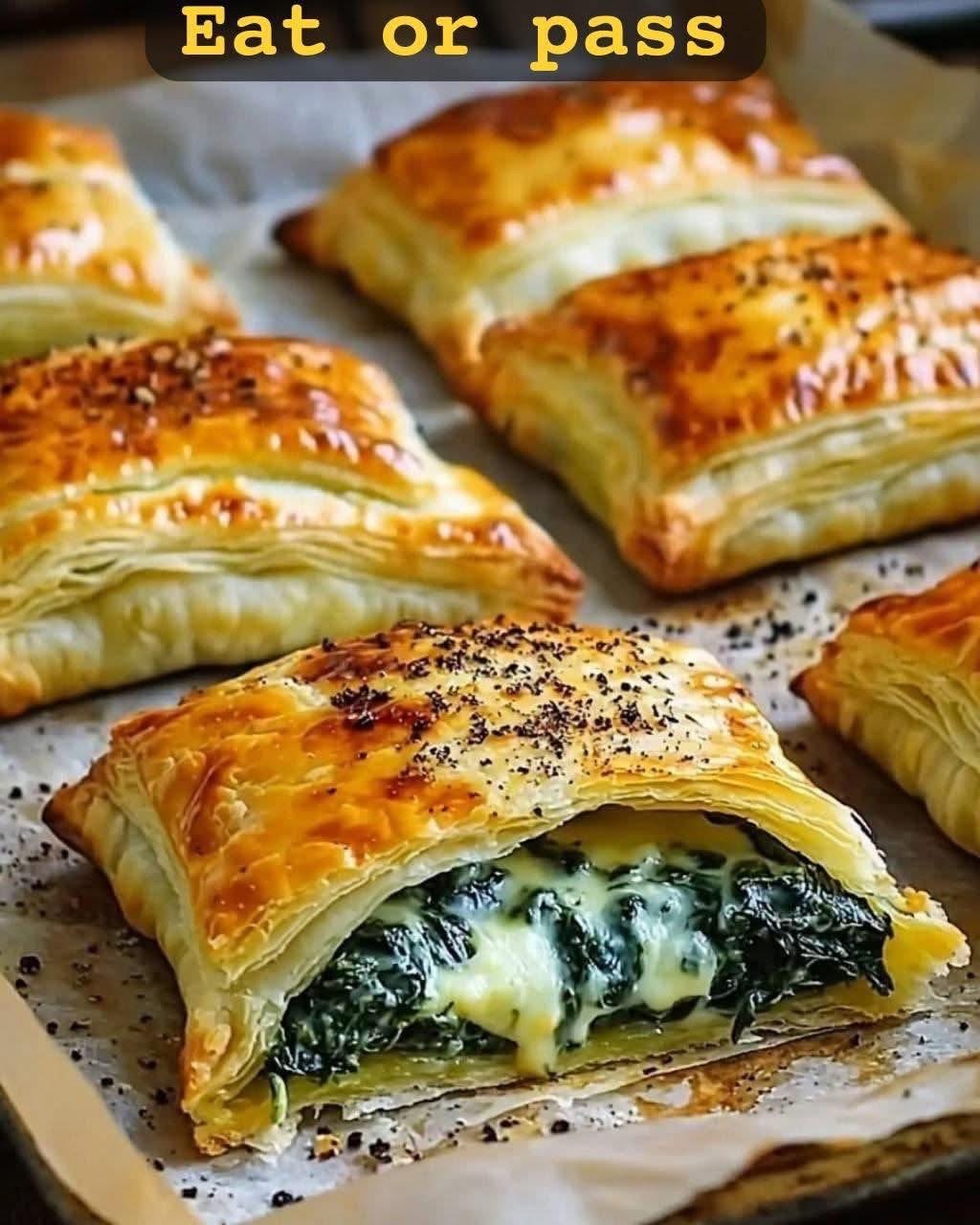Of course. An Anti-Inflammatory Diet is not a specific diet plan like Keto or Paleo, but rather a style of eating focused on consuming foods that can help reduce chronic inflammation in the body.
Chronic inflammation is linked to a wide range of health issues, including heart disease, diabetes, arthritis, Alzheimer’s, and many autoimmune conditions.
The core principle is simple: Maximize anti-inflammatory foods and minimize pro-inflammatory ones.
The “Why”: Understanding the Goal
· Acute Inflammation is a good, natural process. It’s your body’s short-term response to injury or infection (e.g., a swollen ankle or a fever).
· Chronic Inflammation is a problem. It’s a low-grade, persistent inflammatory response that can damage healthy cells and tissues over time. Diet is a major contributor to this type of inflammation.
Foods to EMBRACE (The Anti-Inflammatory All-Stars)
These foods are rich in antioxidants, polyphenols, and healthy fats that combat inflammation.
- Fruits & Vegetables (A Rainbow of Colors)
· Why: Packed with antioxidants and phytochemicals that neutralize free radicals (which cause inflammation).
· Best Choices:
· Leafy Greens: Spinach, kale, Swiss chard.
· Cruciferous Vegetables: Broccoli, cauliflower, Brussels sprouts.
· Colorful Veggies: Bell peppers, beets, tomatoes.
· Berries: Blueberries, strawberries, raspberries (extremely high in antioxidants).
· Other Fruits: Cherries, oranges, apples.
- Healthy Fats (Especially Omega-3s)
· Why: Omega-3 fatty acids are converted into powerful anti-inflammatory compounds in the body.
· Best Choices:
· Fatty Fish: Salmon, mackerel, sardines, herring, tuna. (Aim for 2+ servings per week).
· Nuts & Seeds: Walnuts, flaxseeds, chia seeds.
· Oils: Extra virgin olive oil (a cornerstone), avocado oil.
- Whole Grains & Legumes
· Why: High in fiber, which helps reduce levels of C-reactive protein (CRP), a marker of inflammation in the blood.
· Best Choices:
· Whole Grains: Oats, quinoa, brown rice, barley.
· Legumes: Lentils, chickpeas, black beans, peas.
- Herbs, Spices & Tea
· Why: Many are potent natural anti-inflammatories.
· Best Choices:
· Turmeric: Contains curcumin, one of the most powerful anti-inflammatory compounds. Pair it with black pepper to enhance absorption.
· Ginger & Garlic: Have strong anti-inflammatory and antioxidant properties.
· Green Tea: Rich in epigallocatechin-3-gallate (EGCG), a powerful antioxidant.
· Cinnamon, Rosemary, Cloves.
Foods to LIMIT or AVOID (The Pro-Inflammatory Culprits)
These foods can trigger inflammation, promote gut dysfunction, and increase oxidative stress.
- Refined Carbohydrates & Sugar:
· Examples: White bread, pastries, soda, candy, sugary cereals.
· Why: They cause rapid spikes in blood sugar and promote the release of inflammatory messengers called cytokines. - Processed Foods & Trans Fats:
· Examples: Fast food, fried food, margarine, shortening, packaged snacks.
· Why: Often contain partially hydrogenated oils (trans fats), which are notorious for causing systemic inflammation. - Excessive Alcohol & Processed Meats:
· Examples: Hot dogs, sausages, salami.
· Why: Processed meats contain advanced glycation end products (AGEs) that can stimulate inflammation. Excessive alcohol can damage the gut and liver, leading to inflammation.
A Simple Anti-Inflammatory Plate Model
Visualize your plate at each meal:
· ½ Plate: Non-starchy vegetables and/or fruit.
· ¼ Plate: Lean protein (fatty fish, chicken, legumes, tofu).
· ¼ Plate: Whole grains or starchy vegetables (sweet potato, squash).
· Add: A sprinkle of healthy fats (a drizzle of olive oil, a handful of nuts).
Sample One-Day Meal Plan
· Breakfast: Oatmeal made with rolled oats, topped with blueberries, walnuts, and a sprinkle of cinnamon.
· Lunch: A large salad with mixed greens, grilled salmon, chickpeas, cherry tomatoes, and a lemon-tahini (sesame seed) dressing.
· Snack: An apple with a tablespoon of almond butter.
· Dinner: A stir-fry with chicken, broccoli, bell peppers, and onions in a ginger-turmeric sauce, served over brown rice.
Important Final Notes
· It’s a Lifestyle, Not a Short-Term Diet: The benefits build over time with consistent eating habits.
· Hydration is Key: Drink plenty of water throughout the day.
· Lifestyle Matters Too: This diet works best when combined with other healthy habits like regular exercise, quality sleep, and stress management.
By shifting your focus to whole, nutrient-dense foods, you can powerfully influence your body’s inflammatory pathways and support long-term health.
